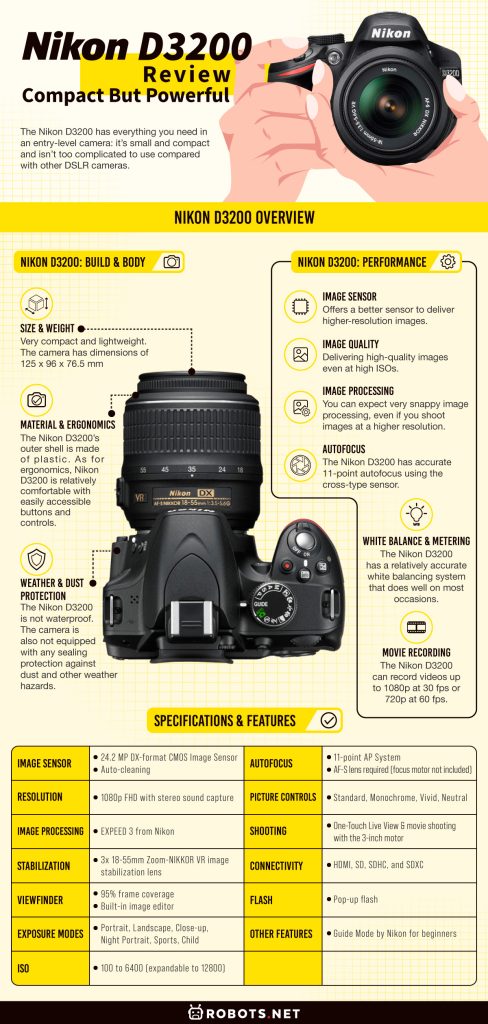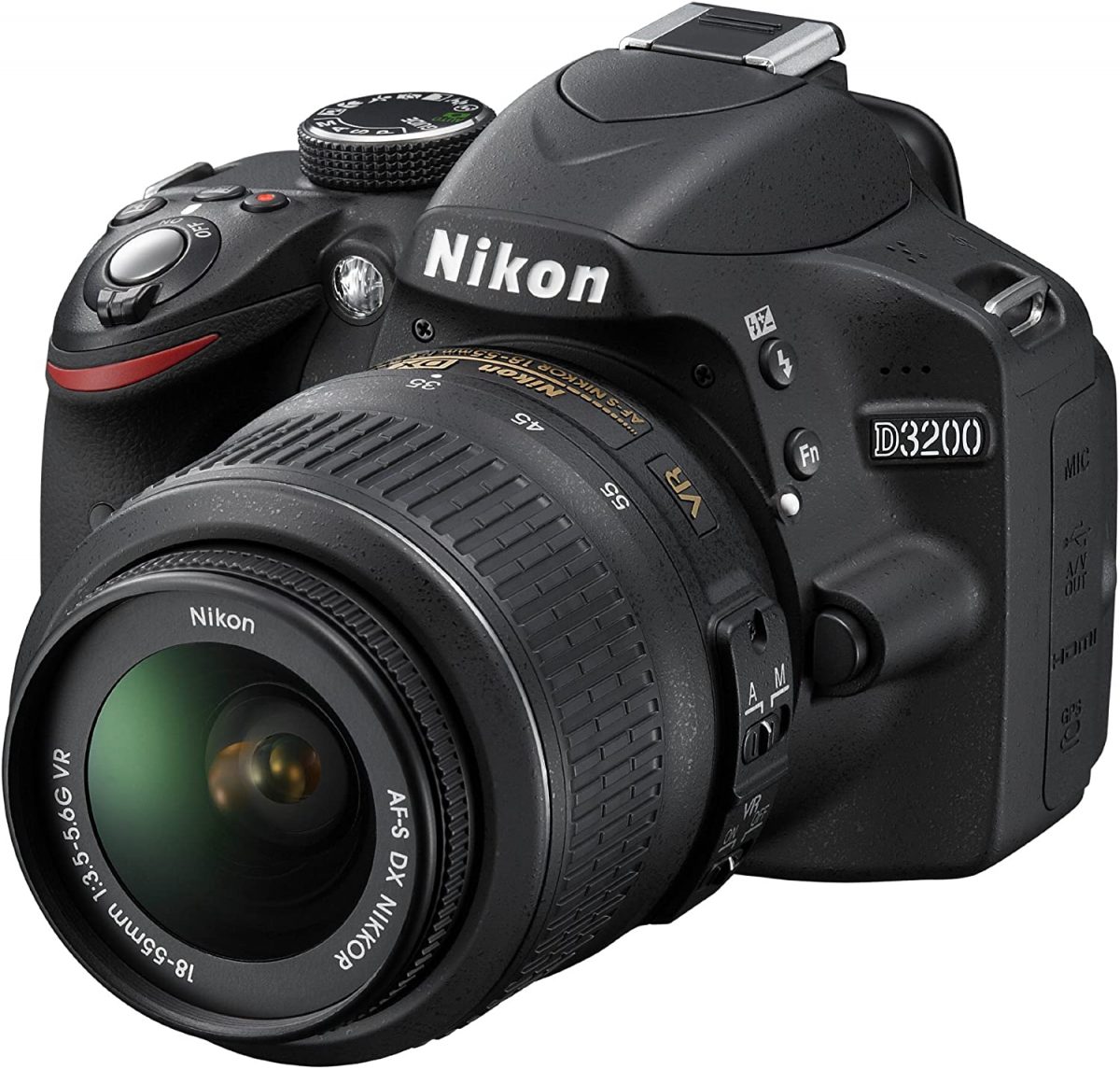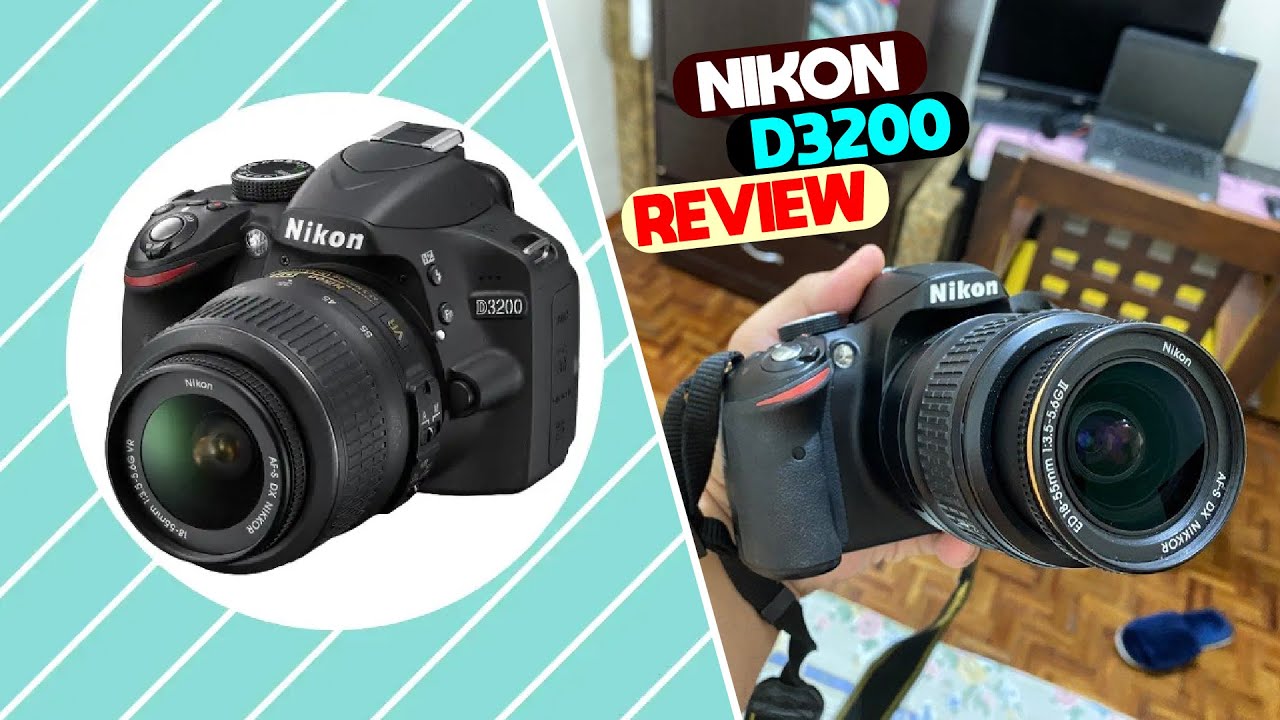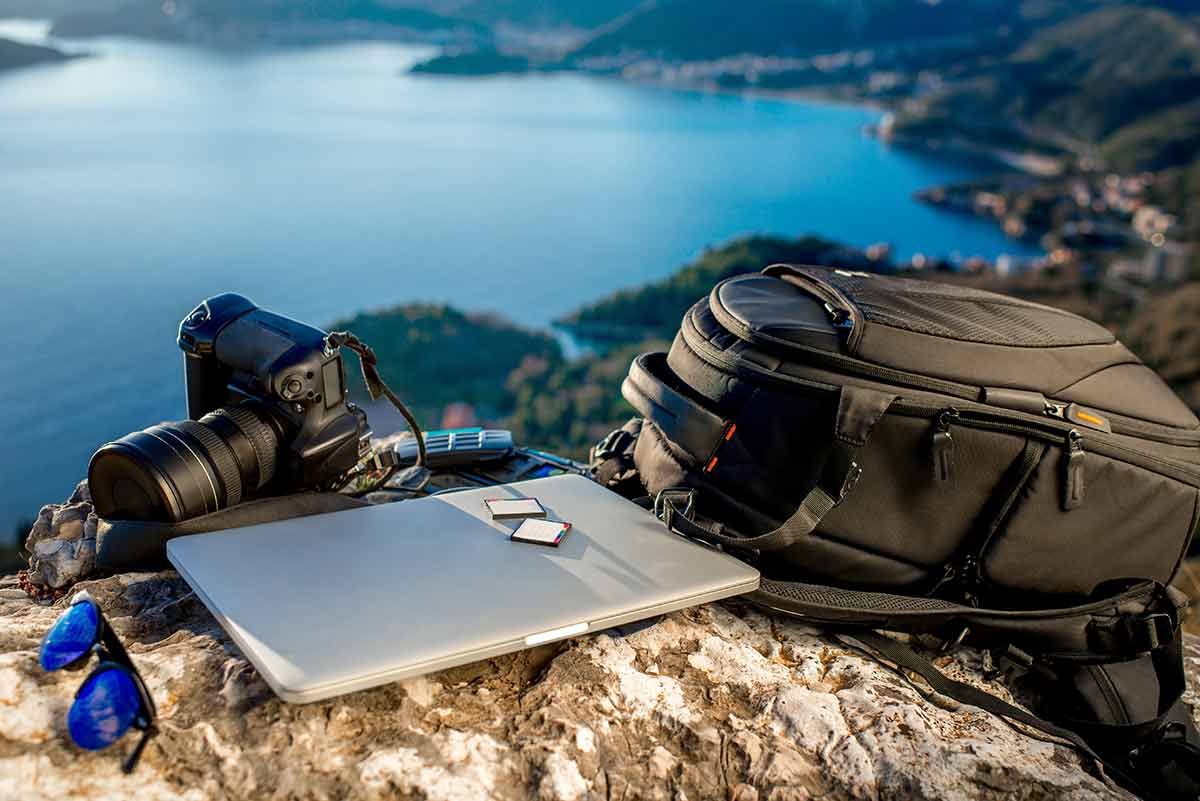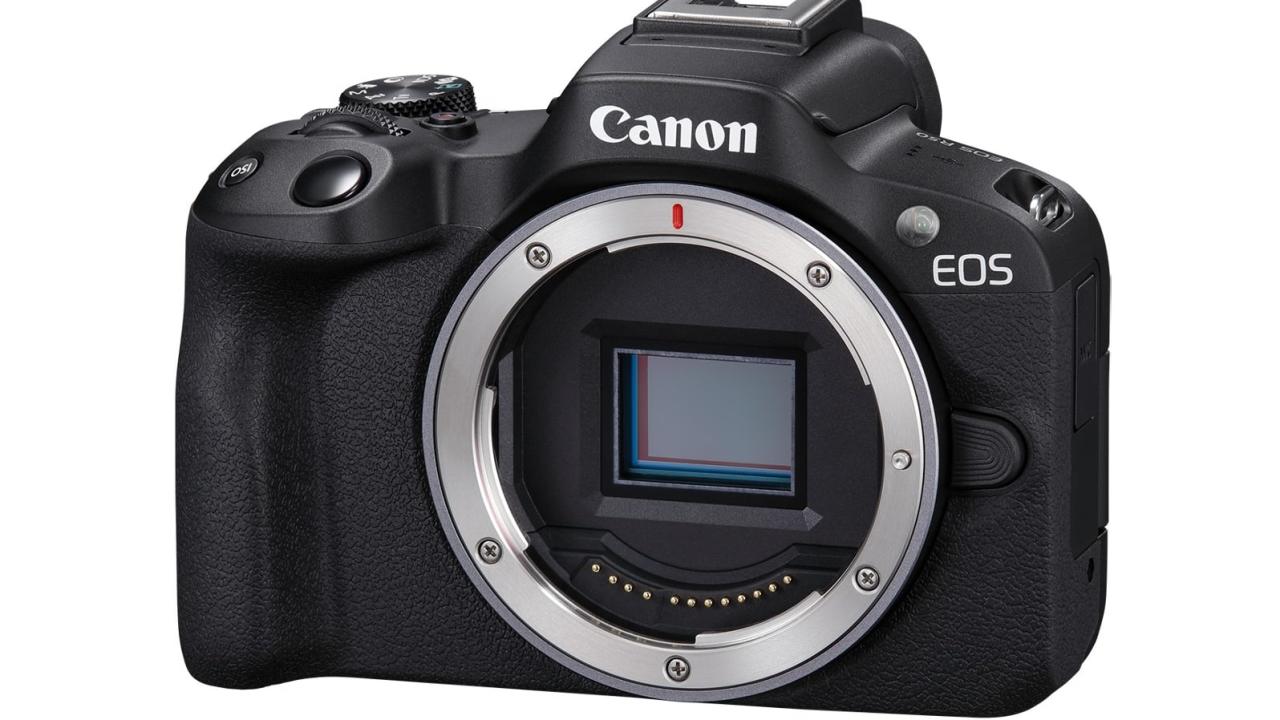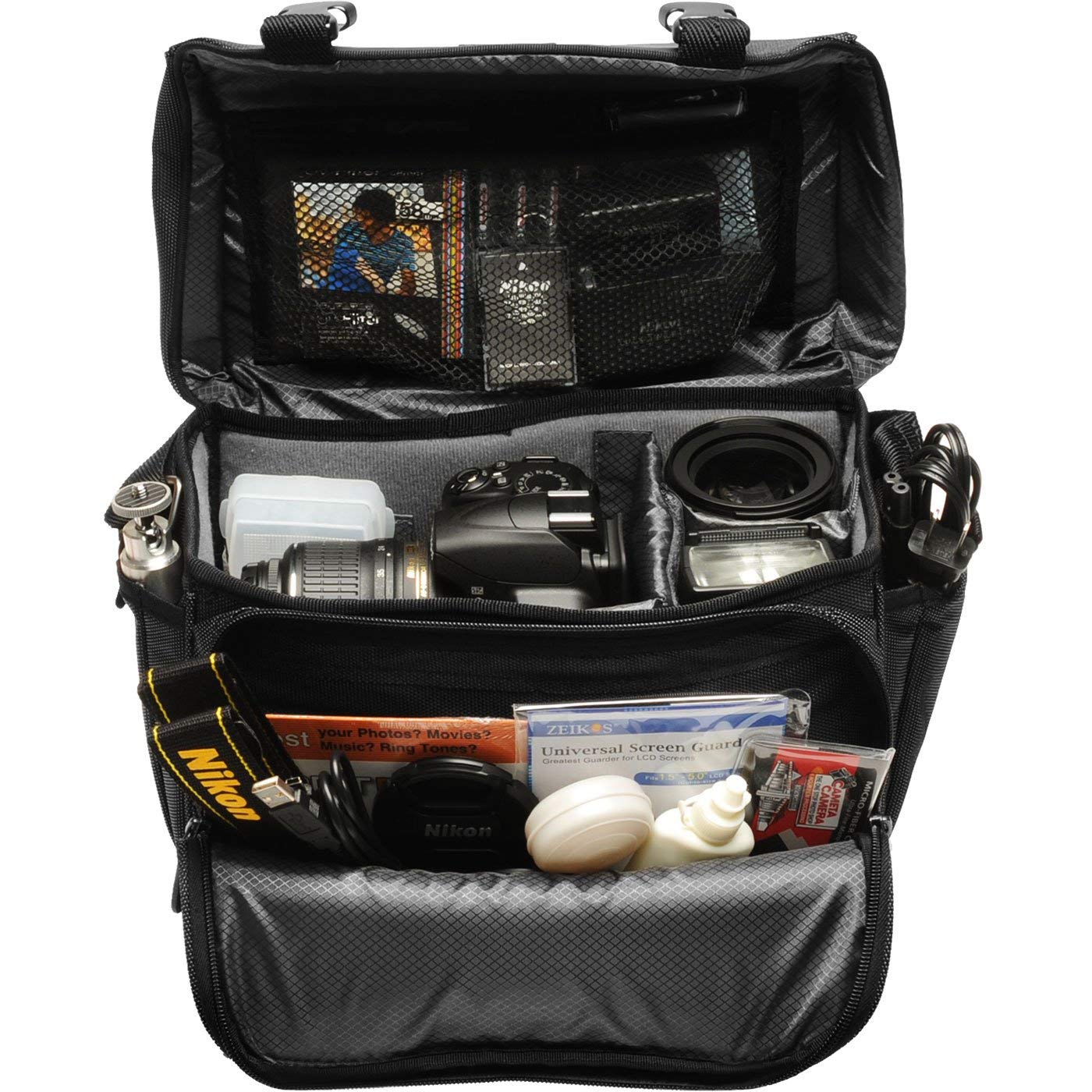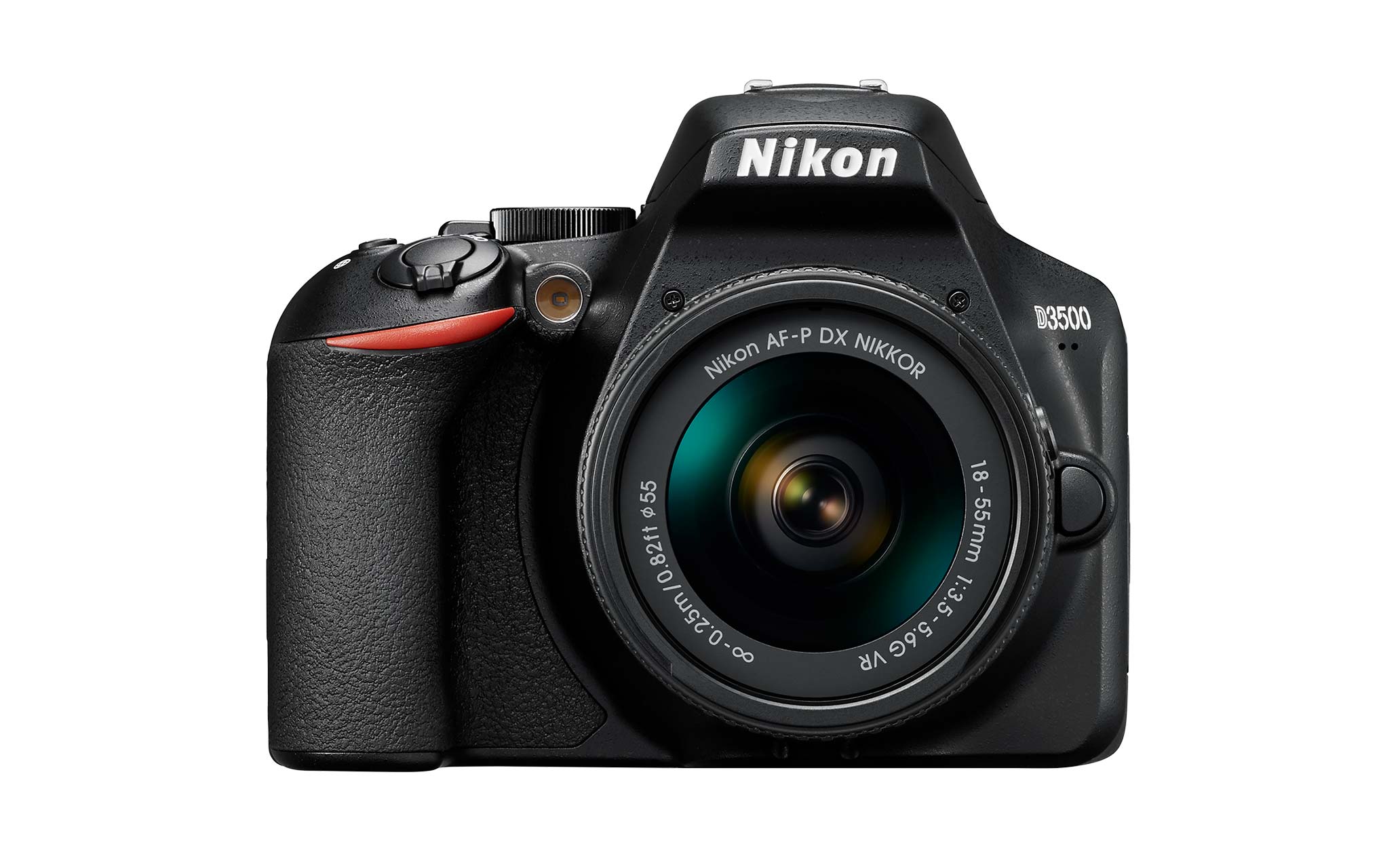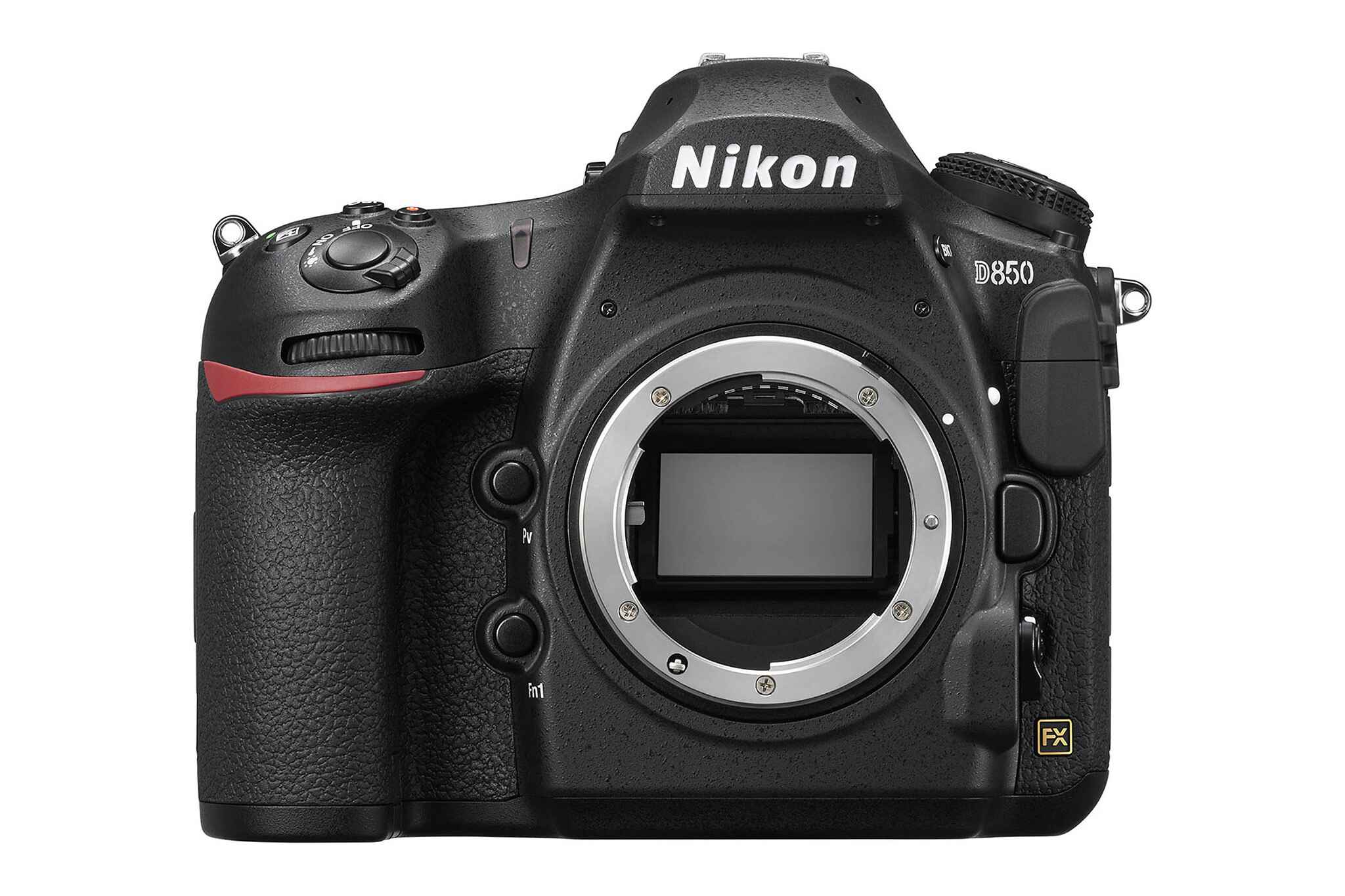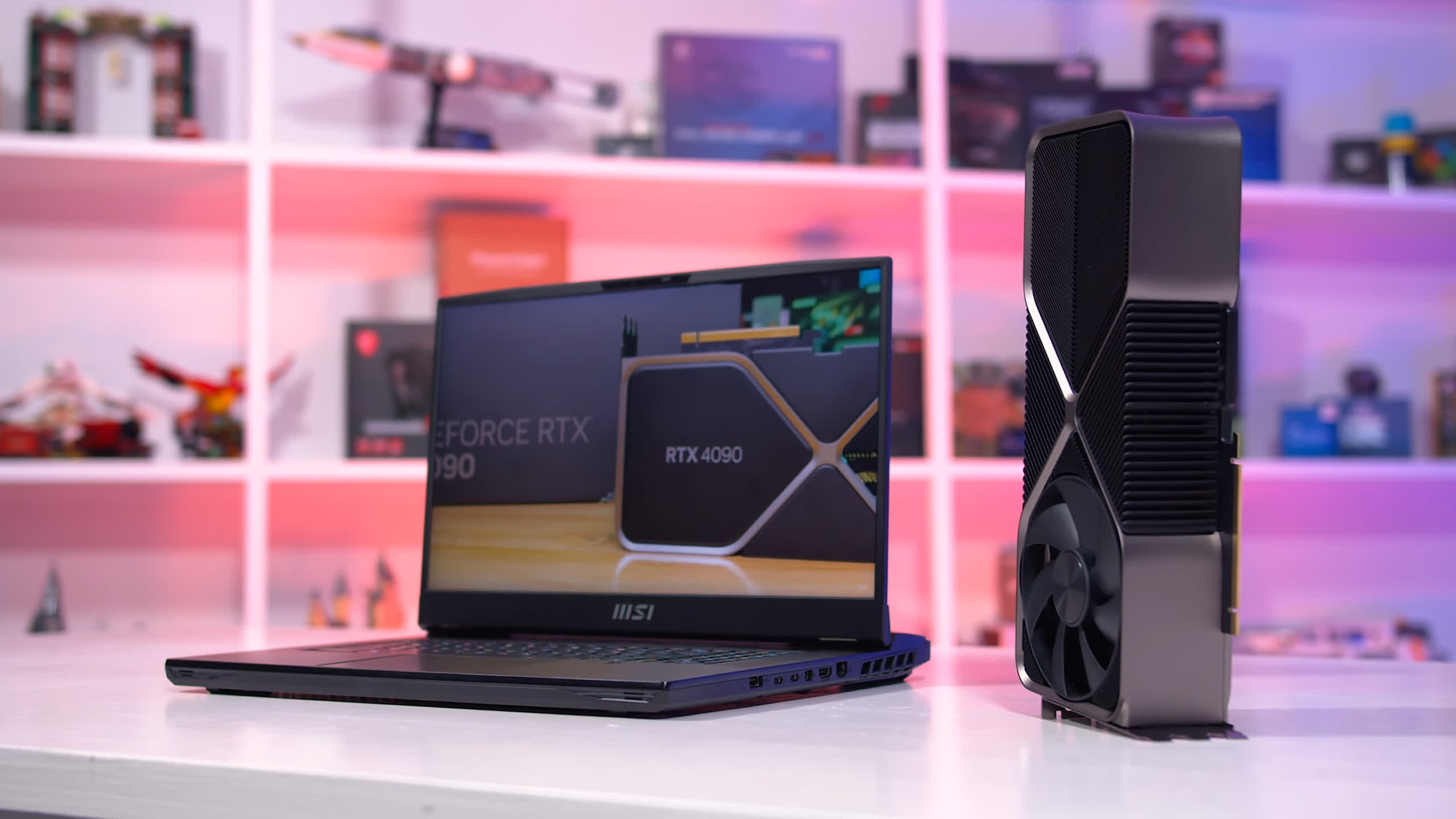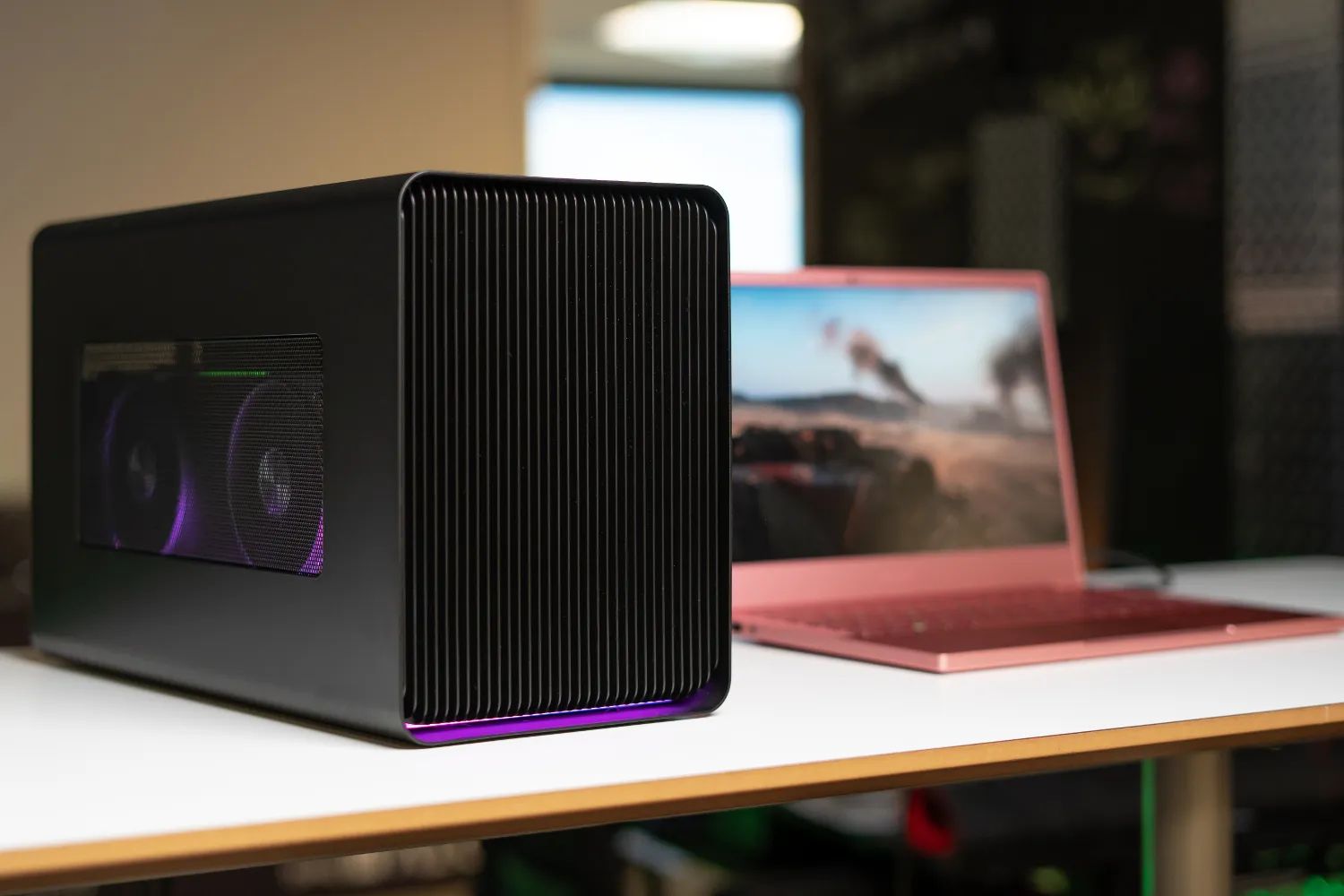If you’re new to photography, you might think that your smartphone is sufficient as a starting device. However, digital cameras in smartphones just don’t have the same control and depth that dedicated DSLR cameras have. You might want to consider an entry-level professional camera like the Nikon D3200, whose specs and price are friendly for beginners. In this article, we will review this camera to help you decide whether or not to get it.
Nikon D3200 Overview
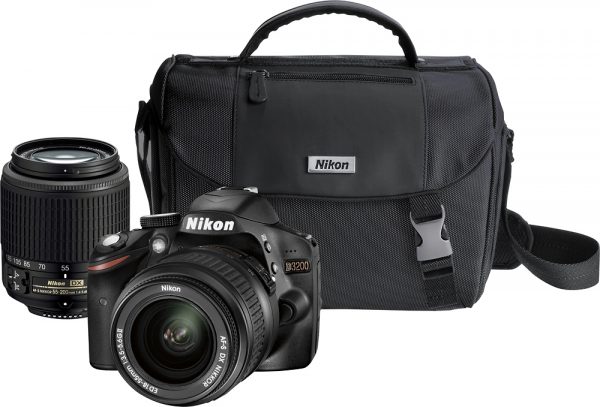

The Nikon D3200 has everything you need in an entry-level camera: it’s small and compact and isn’t too complicated to use compared with other DSLR cameras. While it’s designed for budding photographers in mind, don’t be fooled by its basic specs: its high-resolution 24.2 MP DX-format CMOS sensor makes it more than capable of taking beautiful shots.
Arguably, the Nikon D3200’s resolution is uncommon among entry-level cameras that usually come with 14–18 MP sensors. This means that the Nikon D3200 can rival higher-end models. Couple this with its easy-to-use interface and ability to perform FHD video recordings, and you’ve got a powerhouse on your hands.
However, do bear in mind that the Nikon D3200 does not have the same specs as higher-end DSLRs. Nevertheless, it is a great choice for you if you’re new to photography, and we’ll show you why in the sections that follow.
Nikon D3200: Build & Body
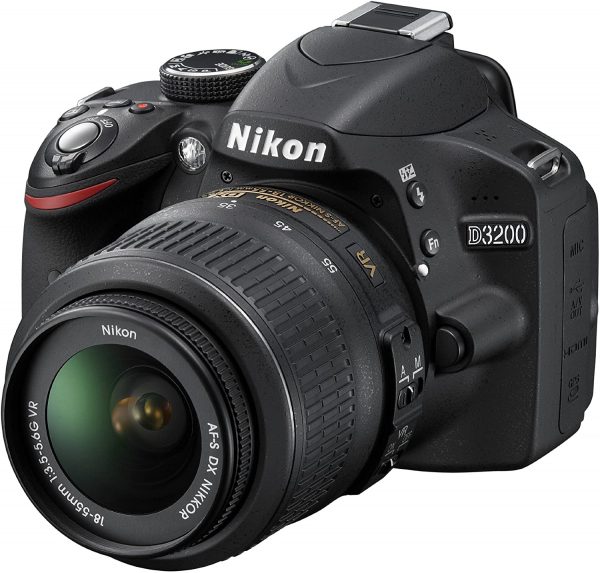

Size & Weight
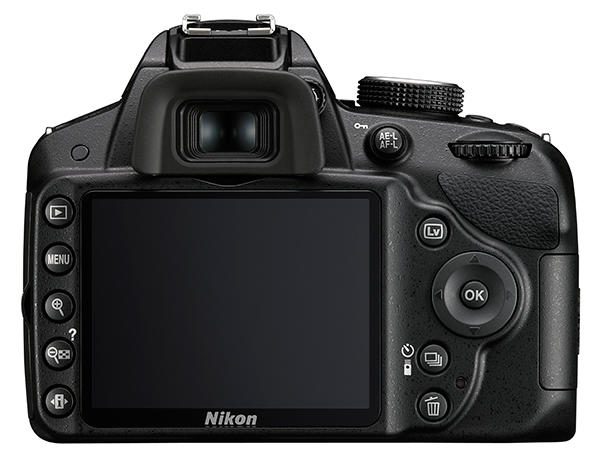

The Nikon D3200 is very compact and lightweight, so bringing it around with you shouldn’t be a problem. This is different from the standard, heavier SLRs, which can be taxing to carry around for long hours on end.
The camera has dimensions of 125 x 96 x 76.5 mm, making it the smallest Nikon SLR. This means that it is extremely wieldy even if you have small hands.
Material & Ergonomics
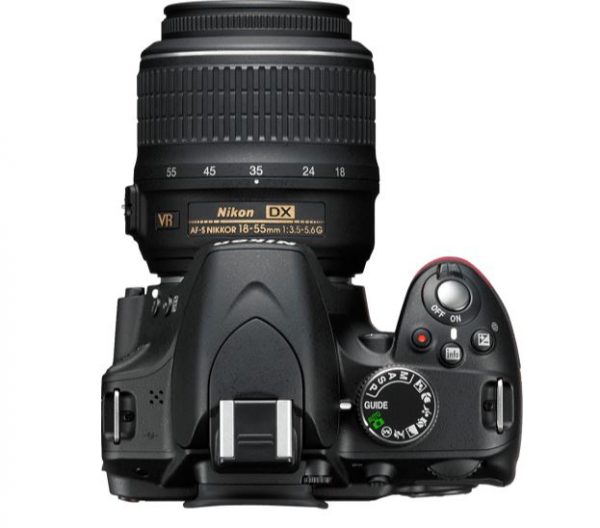

Like many other entry-level DSLRs, the Nikon D3200’s outer shell is made of plastic. This makes it cheaper to manufacture and helps the Nikon D3200 retain its reputation as a compact, lightweight camera. Despite its outer shell being made of plastic, the camera isn’t waterproof; make sure to keep it protected on rainy days!
As for ergonomics, the Nikon D3200 is relatively comfortable with easily accessible buttons and controls. Compared with its predecessor the D3100, its controls are remapped and replaced by different buttons, making its layout feel better. You can even grip the camera for a long while and reach all the controls without experiencing any strain. Additionally, the 18-55 mm kit lens is also lightweight, making it pair well with the Nikon D3200.
Weather & Dust Protection
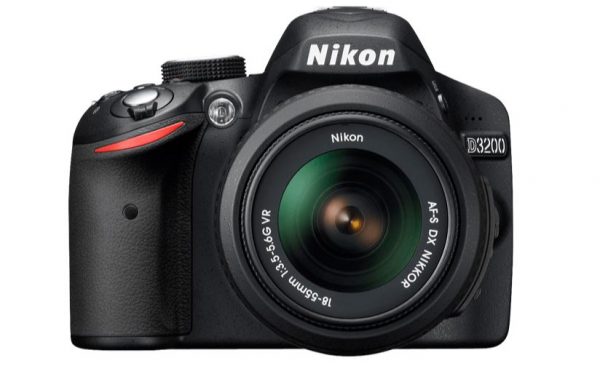

As mentioned before, the Nikon D3200 is not waterproof. In addition to this, the camera is also not equipped with any sealing protection against dust and other weather hazards. Be sure to reinforce the camera with protection yourself if you decide to shoot in dusty locations or when the weather is less than ideal.
Nikon D3200: Specifications & Features
Here’s a quick rundown of the main features you can expect on the Nikon D3200:
| Features & Settings | Description |
|---|---|
| Image Sensor | 24.2 MP DX-format CMOS Image Sensor
Auto-cleaning |
| Resolution | 1080p FHD with stereo sound capture |
| Image Processing | EXPEED 3 from Nikon |
| Stabilization | 3x 18-55mm Zoom-NIKKOR VR image stabilization lens |
| Viewfinder | 95% frame coverage
Built-in image editor |
| Exposure Modes | Portrait, Landscape, Close-up, Night Portrait, Sports, Child |
| ISO | 100 to 6400 (expandable to 12800) |
| Autofocus | 11-point AP System
AF-S lens required (focus motor not included) |
| Picture Controls | Standard, Monochrome, Vivid, Neutral |
| Shooting | One-Touch Live View & movie shooting with the 3-inch motor
4 fps continuous shooting |
| Connectivity | HDMI, SD, SDHC, and SDXC |
| Flash | Pop-up flash |
| Other Features | Guide Mode by Nikon for beginners |
Nikon D3200: Performance
We will now move on to break down how the Nikon D3200 performs. On the whole, it works very well as an entry-level camera, helping you get a strong footing in the world of photography.
Image Sensor
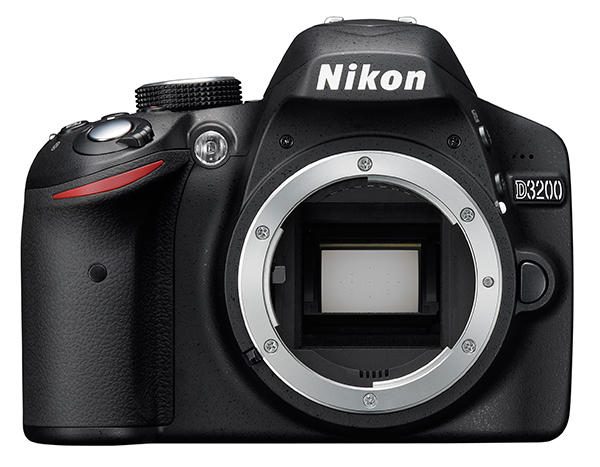

Entry-level cameras usually come with fewer megapixels than the Nikon D3200 (usually 14-18 MP). Fortunately, the Nikon D3200 offers a better sensor to deliver higher-resolution images.
You can, therefore, snap photos for larger print sizes compared to other entry-level cameras. Moreover, you can do higher-level post-processing such as downsampling images to lessen noise. Even if you decide to crop your image, you can retain the same quality thanks to a large sensor.
However, a larger sensor with a higher resolution means that you have larger file sizes. Of course, this isn’t a bad thing if you want high-quality images. Do make sure that your SD cards and computer have sufficient memory space before editing the images.
The downside to a large megapixel sensor is that blurs will be more visible in your photos and there will also be more noise—which can be tricky to manage if you’re not an experienced photographer.
Image Quality
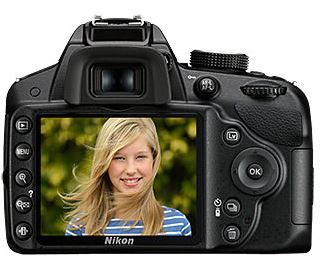

While a large sensor doesn’t guarantee great image quality, this is fortunately not the case with the Nikon D3200. Delivering high-quality images even at high ISOs, this camera can even shoot in a dark environment without triggering too much noise in the resultant photos. Even higher ISO levels like 3200 can surprisingly deliver decent noise control when it’s necessary to use them.
The Nikon D3200’s noise control is particularly useful in print. Of course, you can’t eliminate them in larger print sizes, especially if the image is cropped. However, if you do A4-sized prints, the details generally come out clearly with low noise levels. The colors also come out pretty accurately. Perhaps the most noticeable downside to its image quality is that the Nikon D3200 sometimes smoothes images at 100% viewing.
Image Processing
When it comes to the processor, Nikon doesn’t discriminate between higher-end Nikon cameras and the Nikon D3200. That’s because it packs the same EXPEED 3 processor as that of the D600 and D800. Hence, you can expect very snappy image processing, even if you shoot images at a higher resolution. Of course, this means it pairs perfectly well with the 24-MP sensor in the Nikon D3200.
The high-end image processor in the Nikon D3200 also allows for HD video shots. It can record in full HD (1080p) at 30 fps, or 720p at 60 fps. While this isn’t as impressive as 4K video-capable cameras, it’s still pretty good for entry-level videographers.
Autofocus
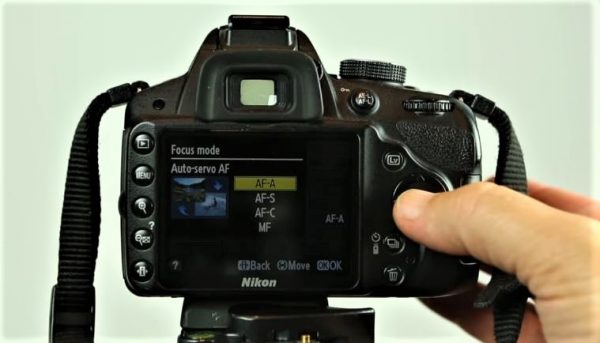

The Nikon D3200 has accurate 11-point autofocus using the cross-type sensor. It’s the same autofocus system that the D3100 and D3000 have, so you’ll get the same decent autofocus for still images and subjects. However, this autofocus system is not ideal for capturing moving subjects, especially when they’re fast or erratic.
Going back to the autofocus modes, they’re generally hit-or-miss. If you mainly use the center AF point, then the Nikon D3200 should give you decently accurate autofocus. However, any other AF point (left, right, or otherwise) will give you sub-par or incorrect autofocusing.
Fortunately, you won’t notice the incorrect autofocusing from afar — which might be okay for beginners. However, if you zoom into the intended subject, it might be blurry or out of focus. That’s because non-center AF points can confuse nearby elements for the main subject, especially if your subject moves.
White Balance & Metering
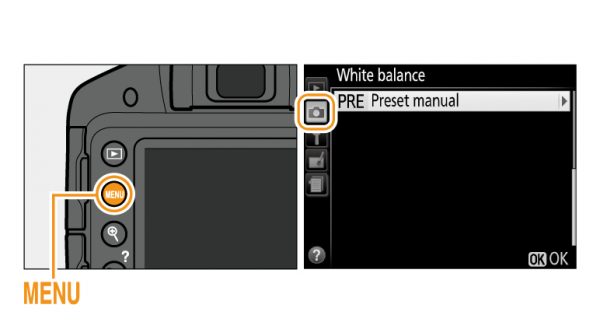

The Nikon D3200 has a relatively accurate white balancing system that does well on most occasions. However, there are times during the day when the camera’s white balance is a little on the cooler side. Moreover, the screen on the camera itself prefers to display cooler tones, so it won’t always mirror reality. Fortunately, you can adjust the white balance on the camera manually if your shots appear slightly cooler.
As for the matrix metering, the Nikon D3200 performs well except in high-contrast situations. It’s also difficult to get right when you’re shooting in mixed lighting. However, you can change the default metering mode in the settings if needed.
Movie Recording
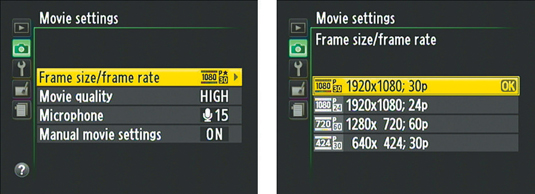

The Nikon D3200 can record videos up to 1080p at 30 fps or 720p at 60 fps, making it a pretty decent video camera for filming vlogs or family videos. The shots are sharp and color-accurate enough to create decent videos. Moreover, you can manually adjust certain video settings like the exposure for more accurate shots. You can also add sound to your videos by utilizing the microphone jack. All these things make it good enough for casual videography.
Nonetheless, it’s nothing compared to a dedicated video camera because you can only adjust limited settings. Moreover, the quality and frame rate aren’t the best if you’re recording higher-resolution videos. There’s also a 20-minute time limit for continuous shots and the inability to monitor sound with an external headphone. These limitations make the Nikon D3200 only good for casual videos but inefficient for more professional recordings.
ISO
Like other cameras, the ideal ISO setting is 100. With this, you can keep shots noise-free while retaining high levels of detail. However, it’s nearly impossible to keep your ISO at 100 in low-light settings, so it’s important to test higher ISO levels.
Turning up the ISO to 200, 400, or 800 does pick up a little noise. However, the noise is only very slightly visible, becoming more prominent in darker areas. Thus, anything within this range still preserves image quality and details with little-to-no visible noise. However, if you turn things up to the 1600-12800 range, there’s a much more prominent difference.
Using the ISO 1600 will still get you lots of detail with more grain than ISO 800. However, it’s not at all bad and is still pretty usable. Moving up to ISO 3200 sacrifices a lot more of the image’s detail. The image quality deteriorates even more and looks very grainy at ISO 6400 and 12600. Moreover, the colors are lower-quality and less accurate than lower ISOs. We don’t recommend using ISO 3200 and beyond unless necessary.
Final Verdict
The Nikon D3200 delivers great image quality for an entry-level DSLR camera. It’s compact, lightweight, and has good ergonomics so you can use it for long periods of time. Moreover, the Nikon D3200 has lots of features to explore if you’re just getting into manual mode.
If you’re not sure where to start, you can even use the built-in Guide Mode to help you out. It’s a great option if you’re upgrading from a digital or smartphone camera for the first time. However, if you’re looking for something higher-end with more features, especially for videography, this camera is not recommended.
